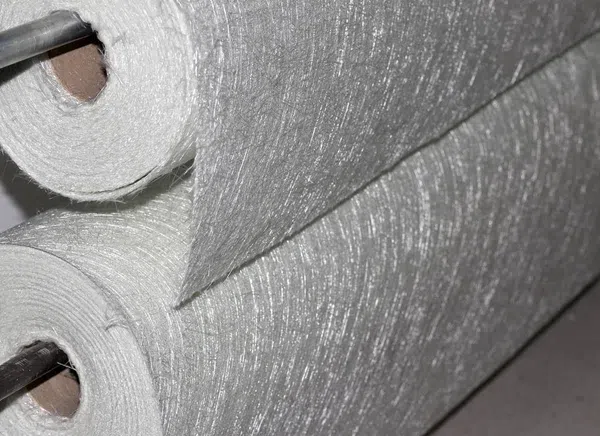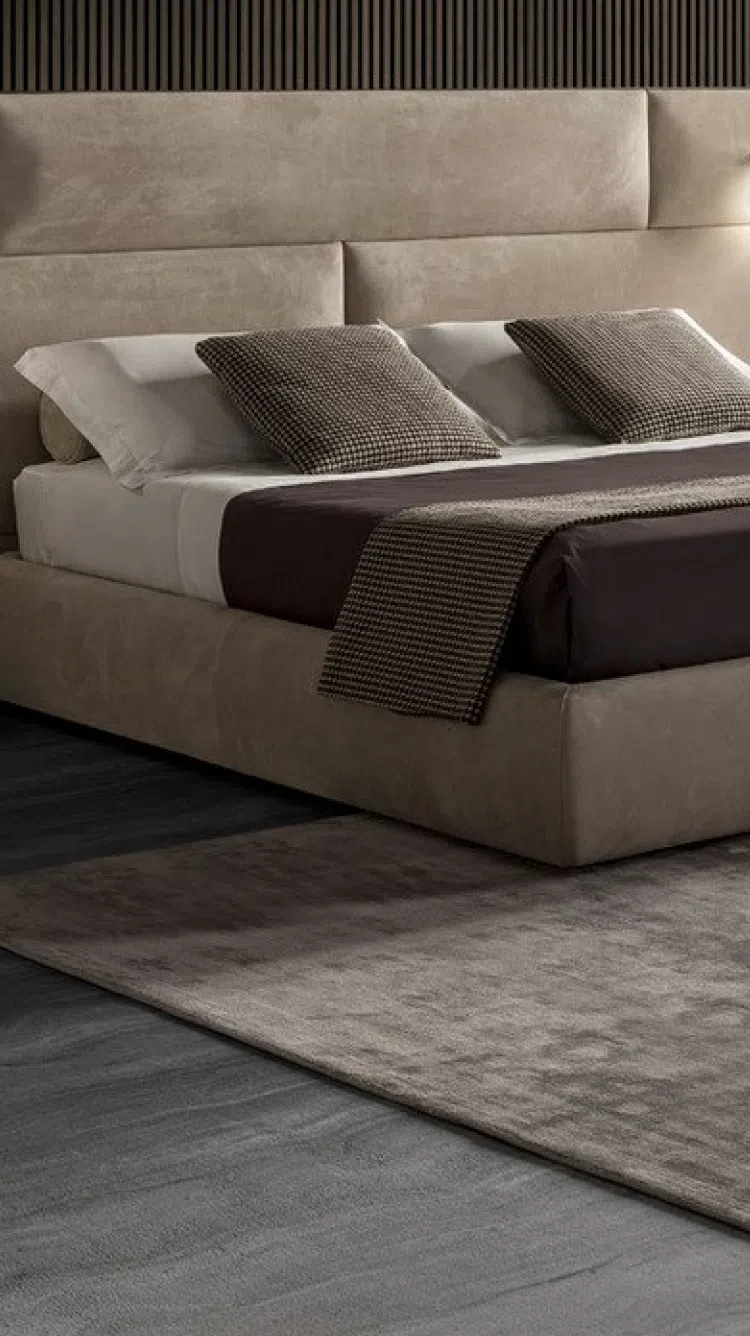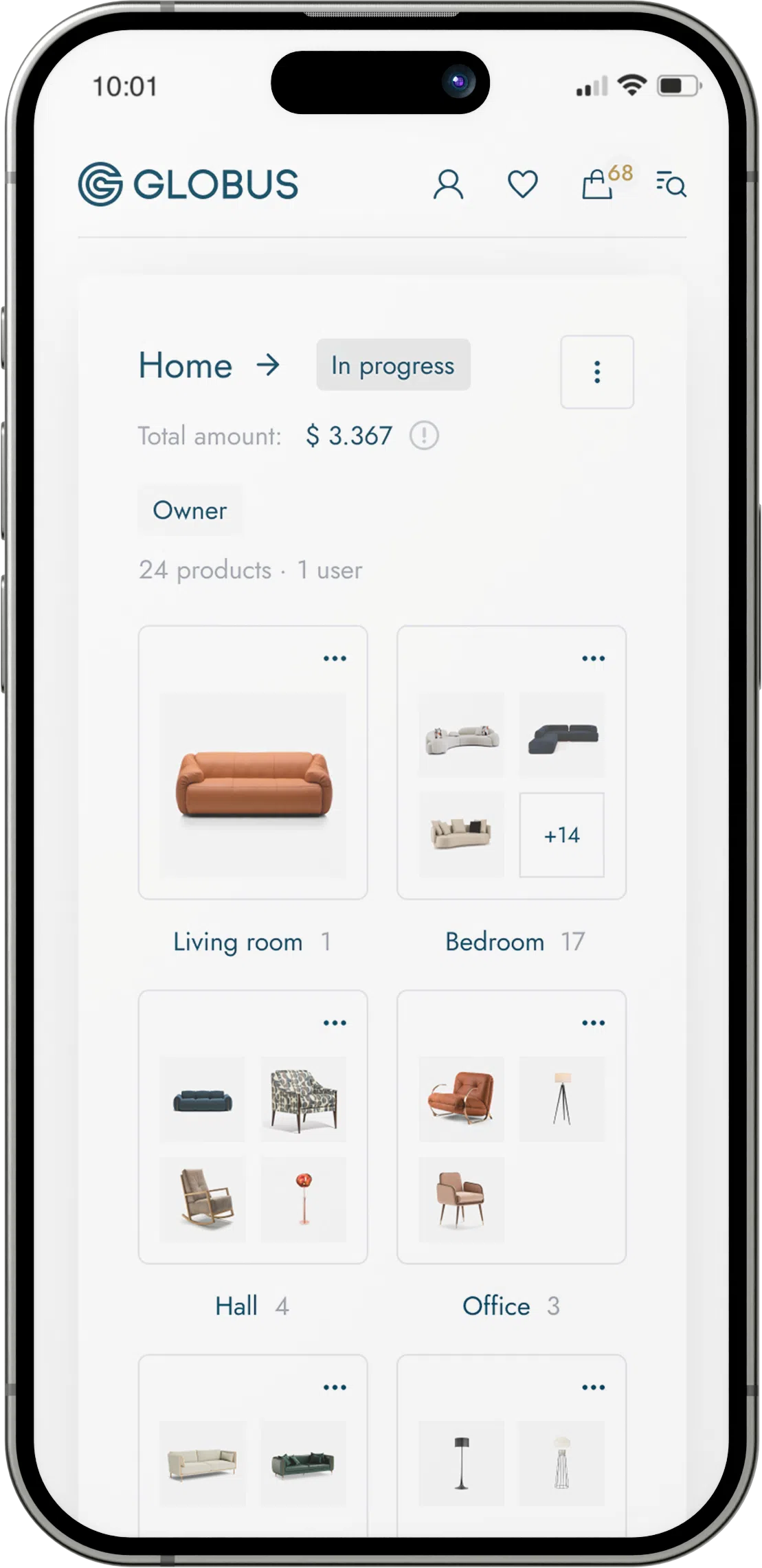
Glass fibre, commonly referred to as fiberglass, is a material composed of numerous extremely fine fibers of glass. It is produced by extruding molten glass through very fine nozzles, creating strands that can be woven into a fabric or spun into yarns. Glass fibre is known for its distinct combination of properties, which make it an appealing material for various applications, including furniture manufacturing.
Strength and Durability: One of the most notable properties of glass fibre is its high tensile strength. It is stronger than many metals by weight, which makes it an excellent choice for furniture that requires durability and resilience. Glass fibre materials can withstand considerable stress without breaking or deforming, ensuring longevity in furniture applications.
Lightweight: Despite its strength, glass fibre is relatively lightweight compared to traditional furniture materials like wood or metal. This makes glass fibre furniture pieces easy to move and transport, and ideal for contemporary, minimalist designs.
Flexibility: In its raw state, glass fibre can be molded into a variety of shapes and forms, which provides designers with a high degree of creative freedom. Once set, it retains its shape, adding to the versatility of the material in furniture design.
Low Maintenance: Glass fibre furniture is generally low maintenance. It resists most stains, does not easily absorb moisture, and is not prone to corrosion or rust. It can be easily cleaned with mild detergents and is resistant to mildew and pests, like termites, that might affect other furniture materials.
Weather Resistance: Due to its moisture resistance and inert chemical nature, glass fibre is well-suited for outdoor furniture. It can survive various weather conditions without warping, rotting, or fading, which is especially beneficial for patio or garden furniture.
Thermal Insulation: Glass fibre is an excellent insulator, which means it does not conduct heat well. This property can be beneficial in furniture that may be exposed to various temperatures and helps maintain a more consistent surface temperature.
Fire Resistance: Glass fibres are naturally fire-resistant, which can add an element of safety to furniture materials. However, the resins used to bond the fibres together in a composite can affect this property, so fire resistance may vary depending on the exact composition of the glass fibre material.
Aesthetics: Glass fibre can be finished with a variety of coatings and can be pigmented or painted, which allows for a vast range of aesthetic options. It can also be made translucent or be given a high-gloss finish for unique design effects.
Despite these positive attributes, there are a few considerations to keep in mind with glass fibre:
- Composition and Manufacturing: Glass fibre furniture is often made as a composite; the fibres are bonded with various types of resins (like epoxy or polyester) to create a rigid and durable material. The environmental impact of producing and disposing of these resins and the composite material should be considered.
- Brittleness: While strong, glass fibre can be brittle and may crack under sharp impacts. Repairs can be difficult, requiring specialized knowledge and materials.
- Handling and Safety: During manufacture and handling as a raw material, glass fibres can be hazardous to inhale or irritating to the skin. Appropriate safety measures must be in place during production.
- Cost: Depending on the complexity of the furniture piece and the finishing required, glass fibre furniture can be relatively expensive to manufacture compared to some conventional materials.
Overall, glass fibre is a modern, cutting-edge material that offers designers and manufacturers a blend of performance and aesthetic flexibility, making it suitable for a wide range of furniture products.


